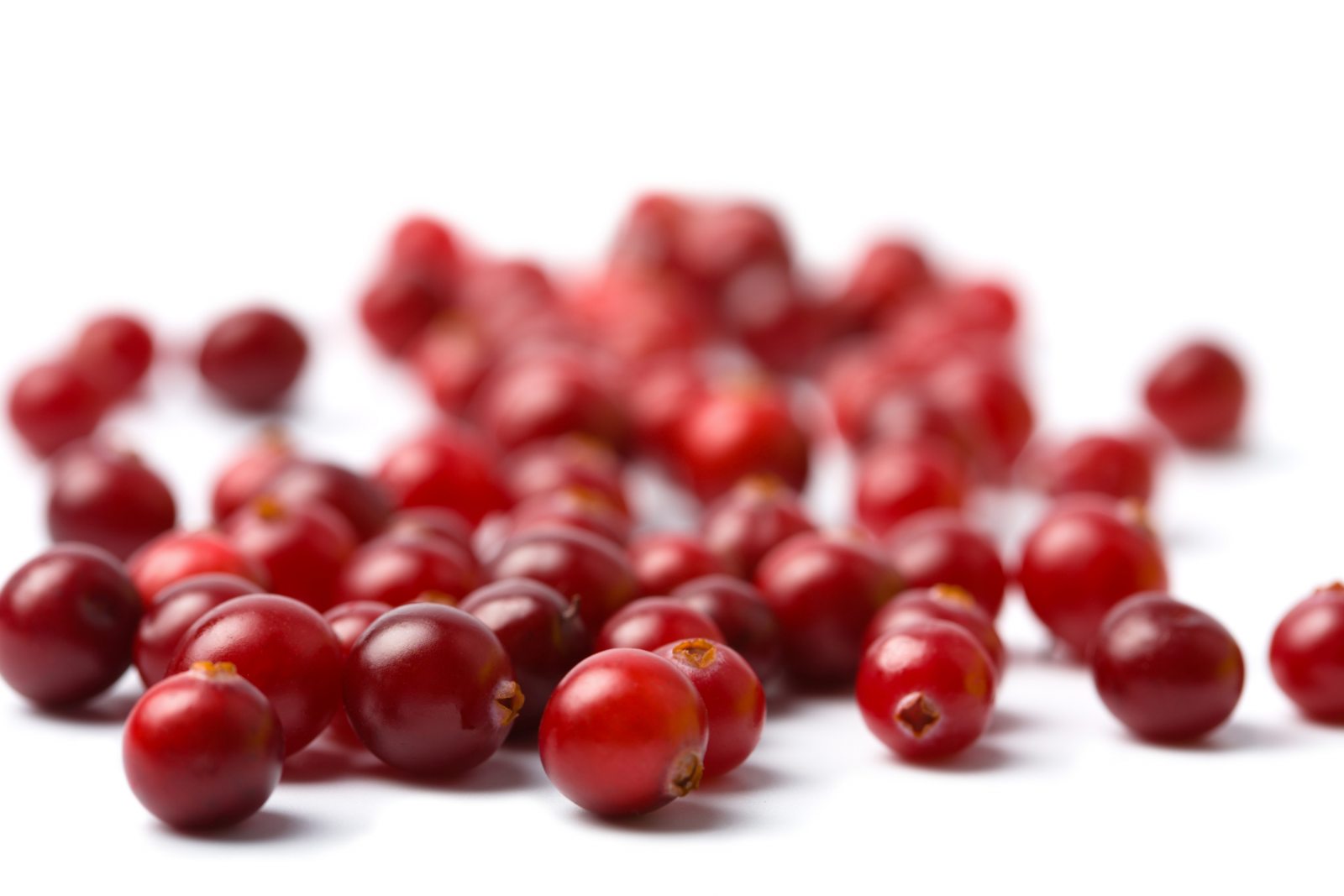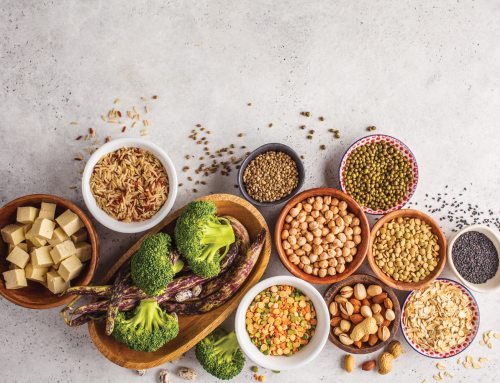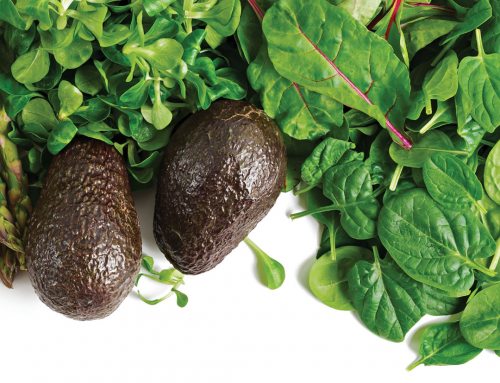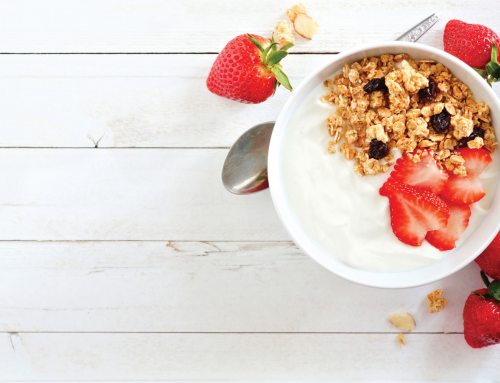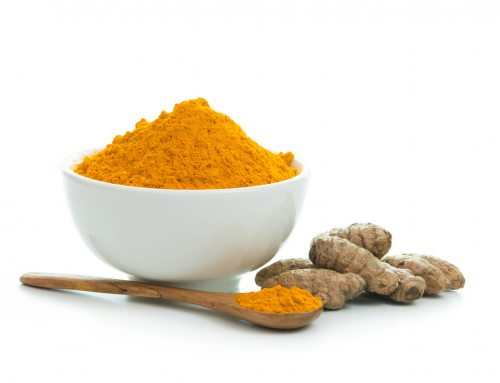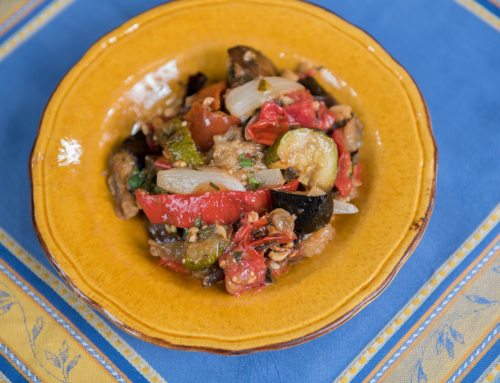By Ashley Acornley, MS, RD, CSSD, LDN
With the holiday season in full swing, we are reminded of the 3,000 calories and 200 grams of fat found in the average holiday meal. For most Americans, these meals consist of pies, cakes, casseroles, stuffing, and many other fat and starch laden foods.
There are simple ways to enjoy your holiday meals without the guilt. Many holiday foods, used in moderation, can nourish and fuel your body, providing plenty of nutrients for good health. Here is a simple guide to make healthier choices and build a delicious holiday dinner plate!
1 Choose traditional turkey breast
While other traditional meats, such as prime rib or ham, are rich in fat, white roasted turkey meat is lean and a great source of protein, iron, zinc potassium and B vitamins. A 3-ounce portion size (the size of a deck of cards) of turkey contains 41 calories, compared to the 330 calories for a moderately sized slice of pork or beef. Plus, turkey is a delicious and versatile meat for leftovers!
2 If You Are Eating Red Meat, Make it “Loin”
If Thanksgiving means must-have red meat on your plate, choose one that has the word “loin” in it. Loin is a leaner cut containing less fat and calories than other red meats. The lower the percentage ratio of fat on the food label, the leaner the cut. For example, a 93/7 percentage ratio is a number to strive for.
3 Go Green: Green Beans, Kale, Spinach, Broccoli
Green beans are one of the healthiest holiday foods as they are an excellent source of vitamin C, vitamin K and manganese as well as vitamin A, dietary fiber, potassium, folate, and iron. Traditional green bean casserole, however, is rather high in calories as it contains butter, cream of mushroom soup, and cheese. Try using healthier ingredients such as olive oil, minced garlic, or julienne-sliced onions to enjoy the taste without the guilt!
4 Savor the sweet potatoes
Sweet potatoes mashed with skim milk and cinnamon or baked are delicious and healthy. They are a rich source of antioxidants such as vitamin C and Beta Carotene and loaded with vitamin A, potassium, and fiber.
5 Salads with Dressing on the Side
The secret to a healthy salad isn’t hidden in the salad but in the dressing. Many dressings are high in calories and saturated fats. Limit calorie intake from dressing with the “fork trick”: dip your fork into the salad then ‘lightly’ into a side of low-fat dressing. You’ll taste the dressing first, which keeps you satisfied without adding calories.
Choose low-fat over fat-free dressing. Even better, try salad dressing made from olive oil or avocado oils for a heart healthy benefit! Remember, products labeled “fat-free” often contain more chemicals or added sugars but are similar in calories to low-fat items. Worried about your waist line? Stay away from such high-caloric add-ons like eggs, bacon bits, croutons, nuts, and cheeses.
6 Stuffing Prepared with Broth, Not Turkey Fat
Stuffing made from traditional white bread, butter, sausage and turkey meat is among the foods to avoid. However, if you make that stuffing with wheat bread, chicken broth, chopped vegetables and a broth of lean chicken or turkey, you can eat up without feeling guilty!
7 “Crust-less” Pumpkin Pie
What’s a traditional holiday dinner without pie? At 480 calories a slice, pecan pie is among the least healthful desserts. Go for pumpkin pie instead. At 180 calories a slice without the crust, it’s a much leaner treat.
Pumpkin is rich in vitamin A and fiber. Pumpkin itself is quite low in calories, however, Pumpkin pie becomes a high-calorie food when it’s made with eggs, sugar, evaporated milk and baked in a high-fat pie crust.
Making your own pumpkin pie? Consider using an egg substitute, light cream, or low-fat evaporated milk. Substitute a ½ cup of applesauce and ½ cup of olive oil instead of butter or mix fat free cool whip or vanilla pudding with the pumpkin to make the pie less dense and leaner. Avoid all of the trans-fat in the crust by making a “crust-less” pumpkin pie!
8 Crave the cranberries
Cranberries are packed with vitamin C and provide a fair amount of dietary fiber and manganese. Cranberries also contain anthocyanidins, a type of antioxidant that can help avoid urinary tract infections as it prevents the adhesion of bacteria to the urinary tract. Make your own cranberry sauce using fresh cranberries, fresh squeezed orange juice, and mulling spices for a tasty option to traditional canned cranberry sauce.
9 Nog With Care
Eggnog is a holiday favorite but is high in calories and saturated fat. Instead of depriving yourself of this tasty treat, try some healthier alternatives: Horizon Organic has a low-fat eggnog with only 3g of fat per ½ cup serving, compared to 9g in regular eggnog. Opt for Silk Soy Nog, Pumpkin Spice Soymilk, or even Coconut Milk Eggnog. They contain only 2g of fat in a ½ cup serving, and they are lactose-free!
Ashley Acornley, MS, RD, LDN is sports dietitian at Triangle Nutrition Therapy Inc. She has an undergraduate degree in Kinesiology and a Masters degree in nutrition. In addition to being a Sports Dietitian, she is also a Personal Trainer. She teaches competitive athletes ways to fuel and hydrate to optimize sports performance and maximize health.


